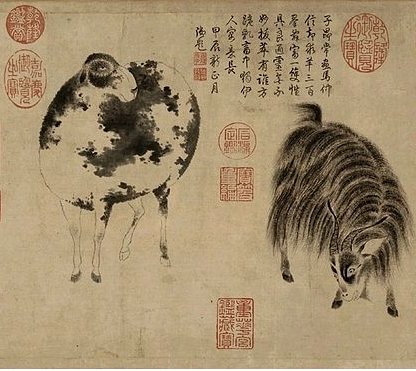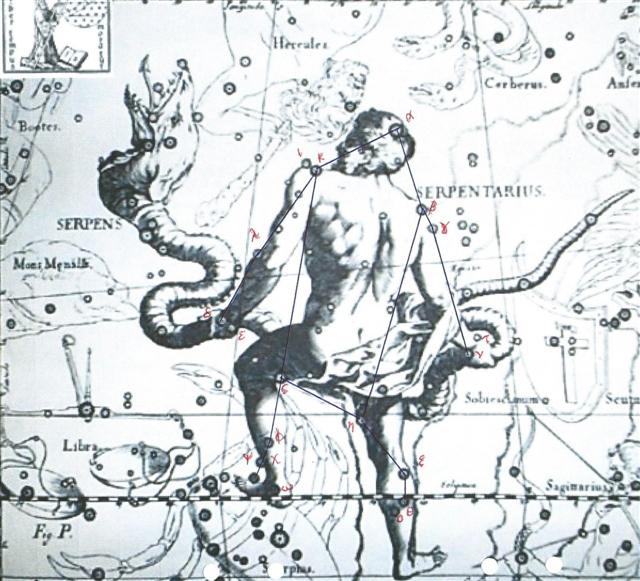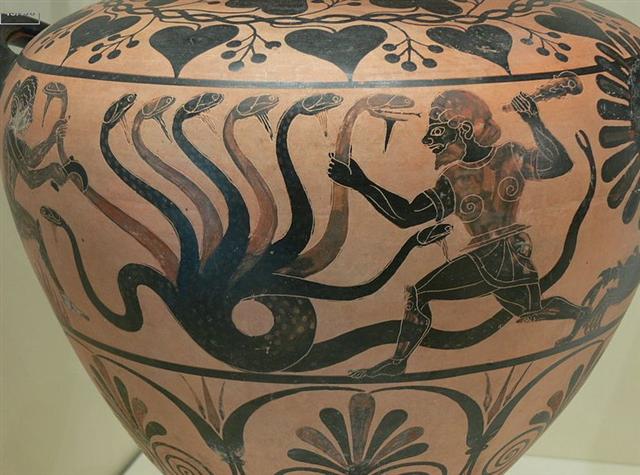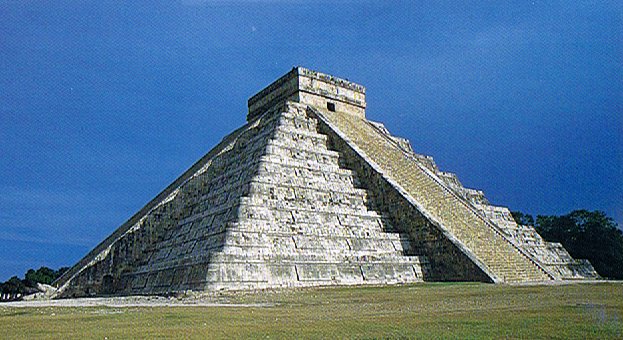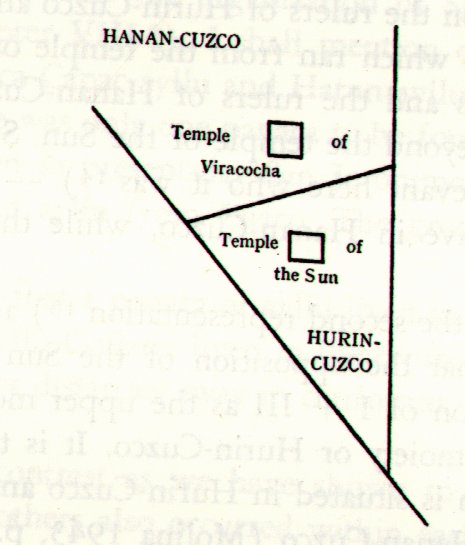Once again. There is no necessary contradiction between my earlier suggestions as to the position of the date Tagaroa Uri 15 and my new reflections:
... From 'April 15' to 'October 15' there could have been 46 + (28 + 31 + 29 + 1) + 42 = 46 + 89 + 42 = 177 = 6 * 29½ days. I have also suggested we maybe should count days either from 0h (zero) at the the time of the Gate of the Goat - Haedus II - (which is 11 glyphs later in the G text than 0h at the Hyades Gate, Hyades II) or to count 91 days from a zero day at the December solstice (11 days earlier than January 1. This date (when the Sun reached Atria) ought at the time of the Haedus Gate to have been around 11 days earlier than SEPTEMBER 26, i.e. 64 + 11 = 75 days earlier than November 29. 333 - 75 = 258 = 178 days after 0h.
In order to reach the date TAGAROA URI 15 we have then only to count with some months being shorter than in the Gregorian calendar. 'November 2 (*226) - (75 - 27) = Tagaroa Uri 10 (*178). And Tagaroa Uri 10 (*178) + 5 = TAGAROA URI 15 (*178). I have in my calendar table above translated TAGAROA URI neither with October nor with 'October, but with 'October' ... When in rongorongo times Atria was rising with the Sun it was November 29 (333), and in Roman times Atria had risen with the Sun in 'November 2 (306 = 333 - 27). And at the time of Taurus the Atria star had risen with the Sun in SEPTEMBER 26 (269 = 333 - 64). I am suddenly struck by the idea that Aries in a way was above and Haedus below, with Taurus in the middle:
8 days earlier than Atria (in SEPTEMBER 18) had been the Door at the Serpent Carrier - Yed (Star) Prior and Yed Posterior, δ respectively ε at the left hand of Ophiuchus) - but only viewed at the opposite side of the sky compared to the Hyades Gate in Taurus.
In a Sun calendar, after having added first 11 days for the difference between April 1 and March 21 (= the difference between January 1 and December 21 = the precessional day difference between Haedus II and Hyades II) and then having added 16 days for the time after which a star rising with the Sun 11 days after a cardinal point (heart) not yet had been visible, there could have been reason to have a 27 (= 11 + 16) day lapse until the date TAGAROA URI 15 was due.
November 29 (333) - 'November 2 (306) = 27. 'November 2 (306) - 16 = 290 ('October 17), where Unuk Elhaia (the Necks of the Serpent, α Serpentis) rose with the Sun:
"Although errors in the adoption of Arabic star-names into our popular lists are common, indeed almost universal, the Unuk is peculiarly wrong, for 'Unūk is the plural of 'Unk." (Allen) Sun is a kind of fire in the sky and the undulating necks of the Serpent could represent streams of sweet water flowing down from the Sky unto the Earth at the equinoxes.
'... The
life-force
of the earth
is water.
God moulded
the earth
with water.
Blood too he
made out of
water. Even
in a stone
there is
this force,
for there is
moisture in
everything.
But if Nummo
is water, it
also
produces
copper. When
the sky is
overcast,
the sun's
rays may be
seen
materializing
on the misty
horizon.
These rays,
excreted by
the spirits,
are of
copper and
are light.
They are
water too,
because they
uphold the
earth's
moisture as
it rises.
The Pair
excrete
light,
because they
are also
light ...
'The sun's rays,' he went on, 'are fire and the Nummo's excrement. It is the rays which give the sun its strength. It is the Nummo who gives life to this star, for the sun is in some sort a star.' It was difficult to get him to explain what he meant by this obscure statement. The Nazarene made more than one fruitless effort to understand this part of the cosmogony; he could not discover any chink or crack through which to apprehend its meaning. He was moreover confronted with identifications which no European, that is, no average rational European, could admit. He felt himself humiliated, though not disagreeably so, at finding that his informant regarded fire and water as complementary, and not as opposites. The rays of light and heat draw the water up, and also cause it to descend again in the form of rain. That is all to the good. The movement created by this coming and going is a good thing. By means of the rays the Nummo draws out, and gives back the life-force. This movement indeed makes life. The old man realized that he was now at a critical point. If the Nazarene did not understand this business of coming and going, he would not understand anything else. He wanted to say that what made life was not so much force as the movement of forces. He reverted to the idea of a universal shuttle service. 'The rays drink up the little waters of the earth, the shallow pools, making them rise, and then descend again in rain.' Then, leaving aside the question of water, he summed up his argument: 'To draw up and then return what one had drawn - that is the life of the world.' |
||||||||||||||||||||||||||||||||||||||||||||||||||||||||||||||||||||||||||||||||||||||||||||||||||||||||||||||||||||||||||||||||||||||||||||||||||||||||||||||||||||||||||||||||||||||||||||||||||||||||||||||||||||||||||||||||||||||||||||||||||||||||||||||||||||||||||||||||||||||||||||||||




